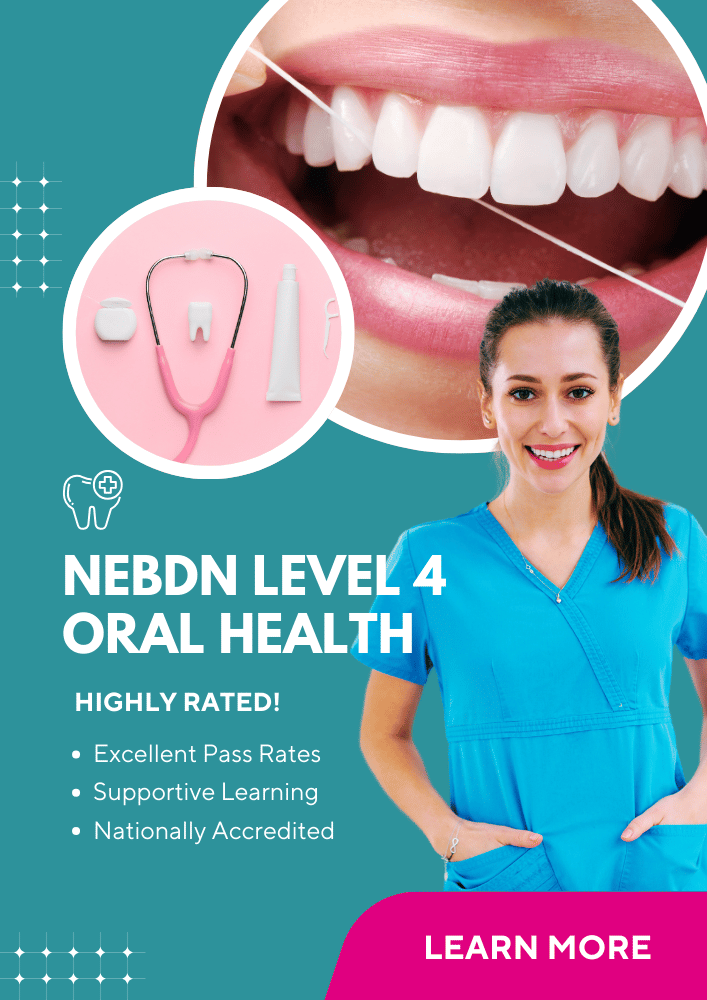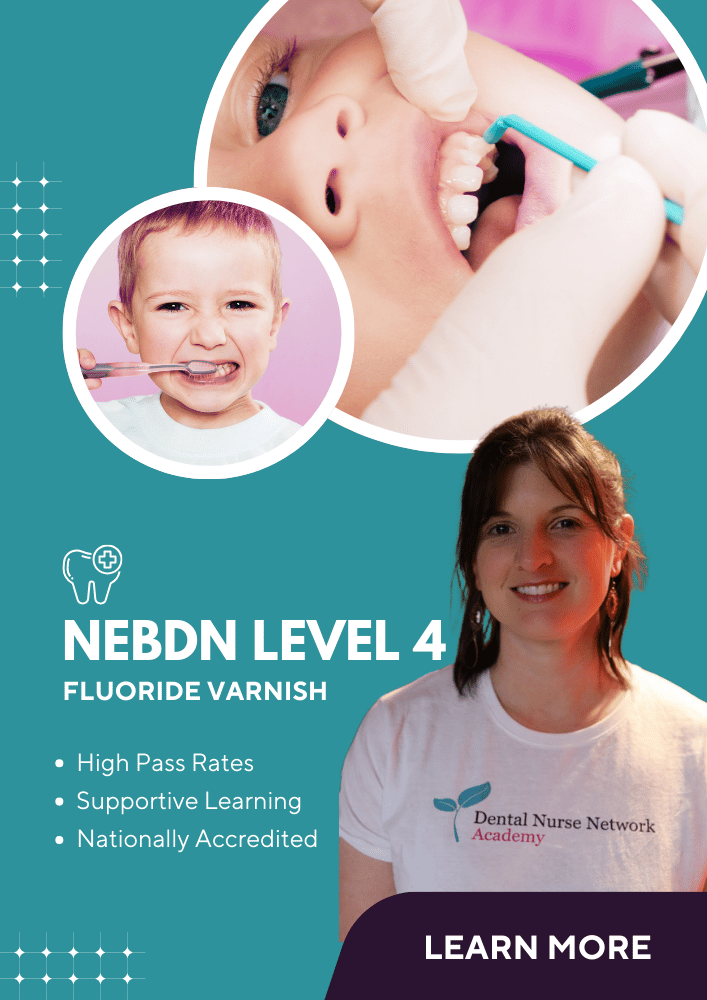HTM 01/05 is a document that has been released by the Department of Health and is to be used as guidance in relation to Decontamination in the Dental Practice. Interested in IPC Lead training? Click here to see our IPC lead course.
The aims and objections of HTM 01/05 are:
- Recognition of the difference between cleaning, disinfection and sterilisation.
- Implementation of Practice procedures and policies.
- Understanding of maintenance, testing, storage and disposal.
- Understanding the importance of Personal Protective Equipment.
- Operating safely and practically within the law and the British Dental Association guidelines.
- Recognition and minimization of cross-infection.
Refresher on the basics
Cross-Infection
Cross infection is the term given to harmful micro-organisms being transmitted from one person to another due to poor or no protection. For example; using the same set of instruments on more than one patient is cross-infection. Cross-infection can occur in a number of ways and take a number of different routes. Recognized routes are;
- Ingestion
- Aerosol
- Inoculation
- Sexual
It is very important that we prevent and minimize cross-infection as much as possible by:
- Wearing and asking the patient to wear PPE.
- Disinfecting worktops and equipment.
- Sterilising instruments correctly.
Disinfection
Disinfection involves the use of a disinfectant spray or wipes which can be used on all surfaces or equipment that can’t be sterilised. Placing instruments into an ultrasonic bath is also classed as disinfection. Disinfection will kill micro-organisms but not all bacterial spores. Disinfection does however reduce bacteria to low levels which are non-harmful. Disinfection is less effective than sterilisation but unfortunately we cannot put the dental chair in the autoclave!
Sterilisation
Sterilisation is the process intended to destroy or remove all living organisms from an object. Unlike disinfection, sterilisation completely kills all micro-organisms when done correctly. Instruments need to be sterilised after use and the most common way is by using an autoclave.
HTM 01/05.
Below are the requirements of HMT 01/05. Highlighted in bold are the requirements that must be met within 12 months.
Guidelines with regards to:
Protocol
- A detailed plan for "best practice" must be written and explain what is going to be done in order to move forward.
- An appointed person should be responsible for decontamination.
- An infection-control policy should be in place that meets the essential requirements and this should be reflected on. Each member of the team needs to read, sign and implement the policy.
- A validated cleaning cycle should be in place and a protocol made explaining this.
- Audits should be made and kept for 2 years.
- Autoclaves should be tested daily and results recorded. A written protocol should be in place.
- Dental unit water supplies (D.U.W.S) should be tested every few months for the quality of the water. The water used at chairside must not be used directly from the mains water supply. A written protocol should be in place.
- All staff should be up to date with immunisations and be able to provide evidence of this.
- Every Dental Practice must have an Accident Report book.
- Every member of staff should have a Personal File which should include a signed copy of the infection-control policy, details of any accidents reported, copies of immunisations and risk assessments.
- A written policy detailing a validation/checklist for Manual Cleaning should be in place. This should include checking the use of the correct detergent, mercury-free thermometer and also an illuminated magnifier to inspect the instruments.
- A written policy detailing a validation/checklist for PPE should be in place. This should include checking the use of safety glasses, gloves, face masks, face visors and disposable aprons.
- A written policy detailing a validation/checklist for the Ultrasonic Bath should be in place. This should include daily checks of the safety, visual effeciency, cleaning and draining. Also weekly protein checks and quarterly activity tests. Lastly, checking the use of the correct detergent and making sure the bath has a lockable lid or clear label.
Disinfection
- There should be dedicated hand-washing facilities in addition to two seperate sinks- dirty and rinse.
- Instruments must be transported from surgery to sterilisation room in rigid, durable, leak-proof containers with lids on. There must be clean and dirty containers.
- Manual cleaning must be done wearing heavy duty gloves and using a long handled kitchen brush which should be washed in detergent and hot water. The brushes need to be replaced weekly. Instruments must be held with the sharp end facing away and they should be fully immersed in warm water and detergent . PPE should be worn in order to prevent splatter. Instruments should be inspected with an illuminated magnifier before placed in an ultrasonic bath.
- Ultrasonic baths must be filled with warm water and the correct amount of enzyme cleaner.
- The aspirator/suction system must be cleaned with a non-foaming, bio-film contaminant and this should be done at the end of every clinical session. The spittoon needs to be disinfection after every patient.
- Impressions need to be rinsed under running water to remove all debris and then dipped/sprayed with disinfectant or soaked for 3 minutes. Impressions then need to be dried and packaged.
- Uniforms must not be worn outside the surgery or in any eating areas. They should be changed daily, (when visibly contaminated) and washed at 60 degrees celsius.
- Hands should be washed in a 6-8 stage technique and this should last for 15 seconds. All jewellery must be removed and nail varnish must not be worn. Cuts and abrasions need to be covered up. Hands need to be washed using a liquid soap from an automatic, wall-mounted dispenser at the beginning and end of each session. Liquid soap or alcohol gel is fine to use in between changing gloves, alcohol wipes should be avoided. If hand cream is used, it needs to be water based.
Sterilisation
- Every practice must have a validated steam sterilizer.
- Sterilised instruments must be packaged in sealed plastic packets. Dry, covered instruments can be available to use for a maximum of 21 days before they need to be re-sterilised, non- vacuum sealed instruments can be used up to 21 days and vacuum sealed instruments can be used up to 60 days. The date of sterilisation, expiry date and signature of the person responsible for the sterilisation needs to be documented.
- Autoclaves must not be overloaded and the trays should be perforated in order for optimum sterilisation.
- There should be a central sterilisation room which should contain 3 sinks- dirty, rinse and hand basin and clean/dirty clearly labelled areas. There should be an air flow maintained and no portable fans. The room should contain an ultrasonic bath, washer disinfectant and autoclave. There should be no clutter. Everybody who uses this room must be fully trained on the procedure that needs to be followed.
- Washer disinfectants should be implemented as soon as possible and stored under a bench top.
Disposal
- Every Dental Practice should have a "single use" policy for the following equipment: Prophy brushes/cups, Endodontic instruments and Matrix bands. Anyone who does not follow this policy will be fully, legally responsible.
- Gloves and face masks must be replaced with every patient.
- Ensure that amalgam waste is not mixed with any other type of waste.
- Keep records of the amount of waste produced and sent for disposal or recovery over a minimum of 3 years.
For more information on HTM 01/05 you can click here or contact the Department of Health.



